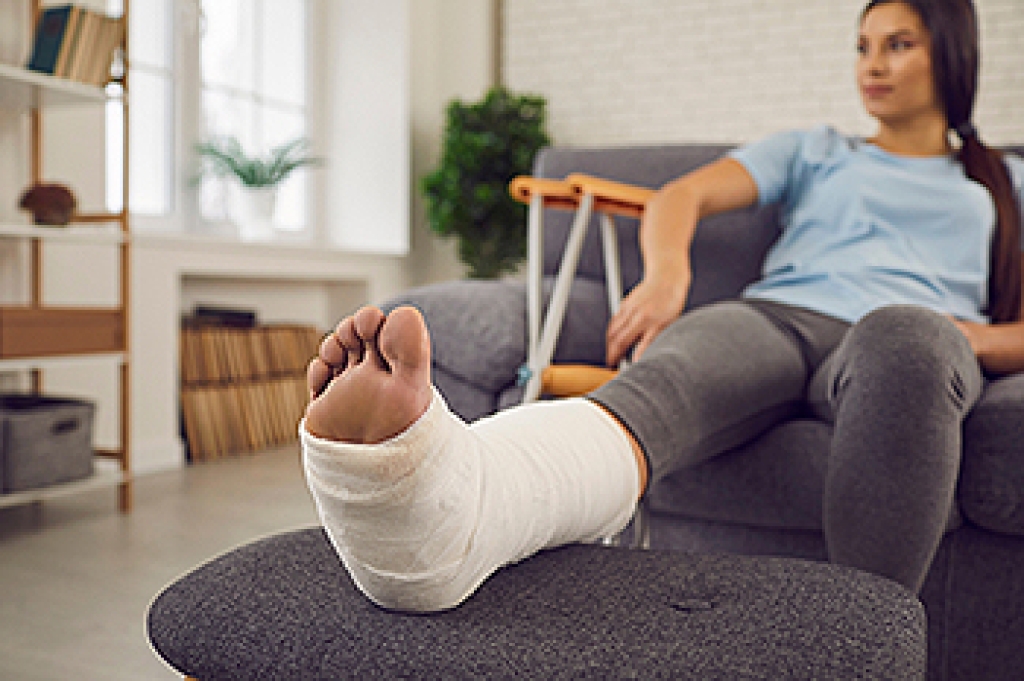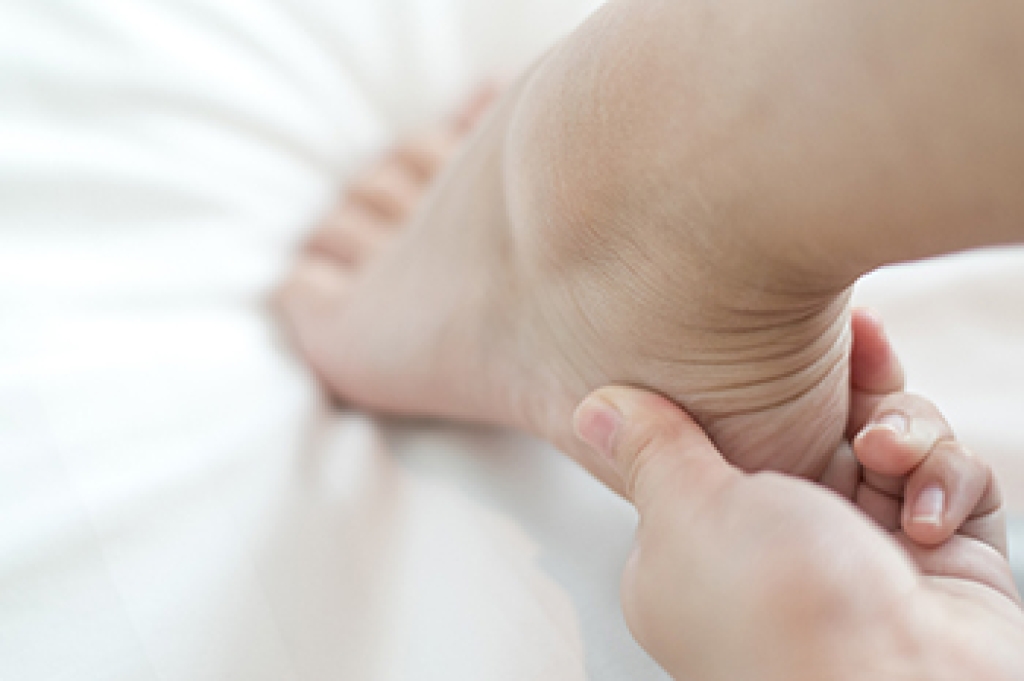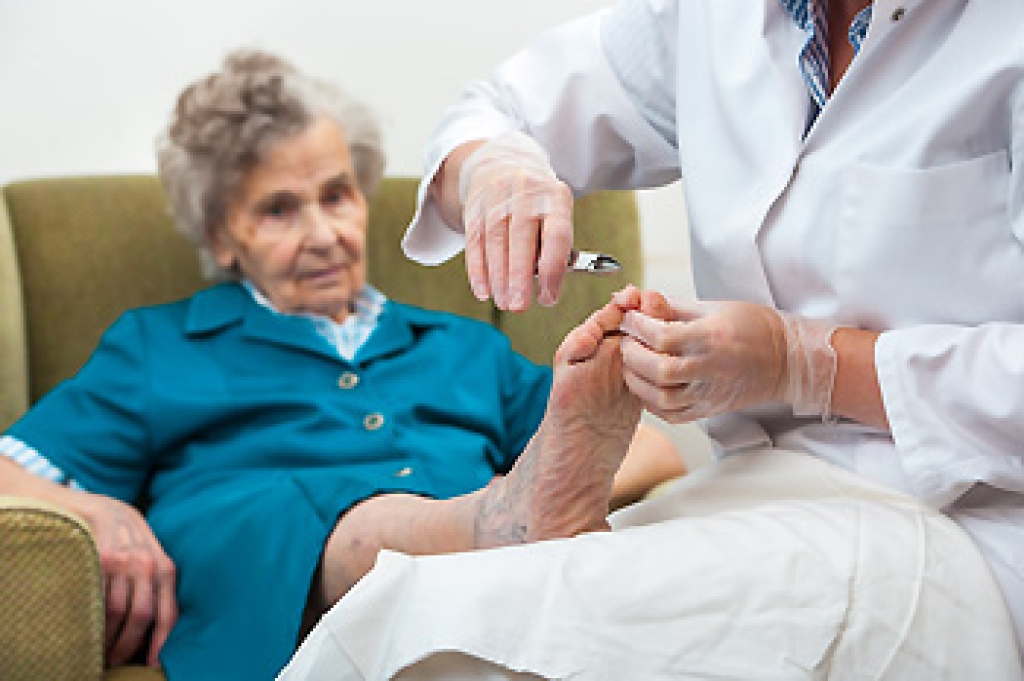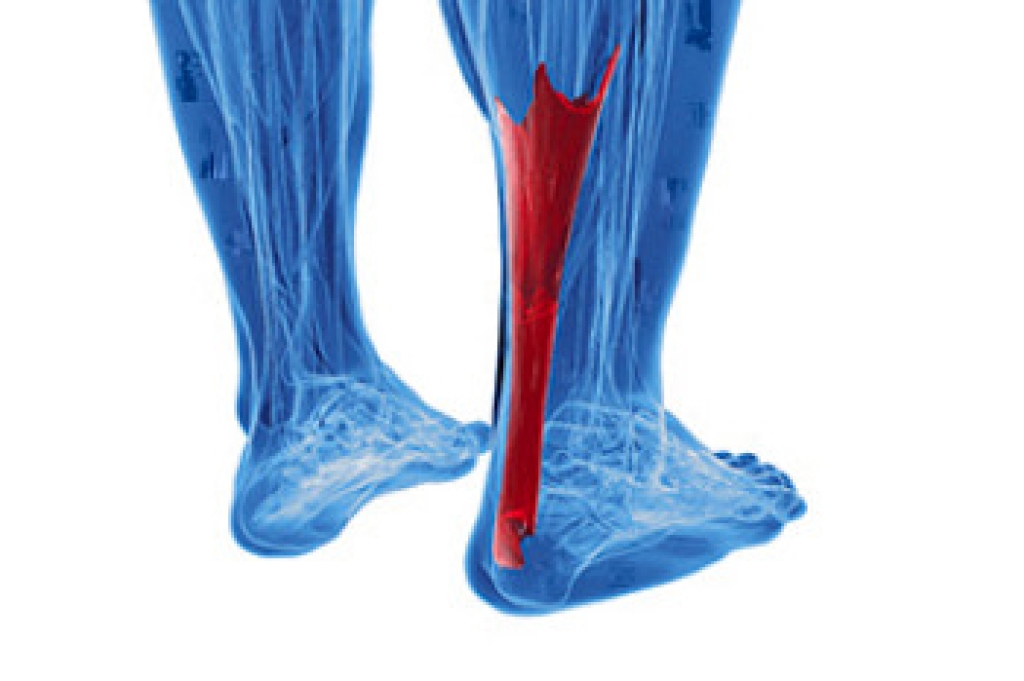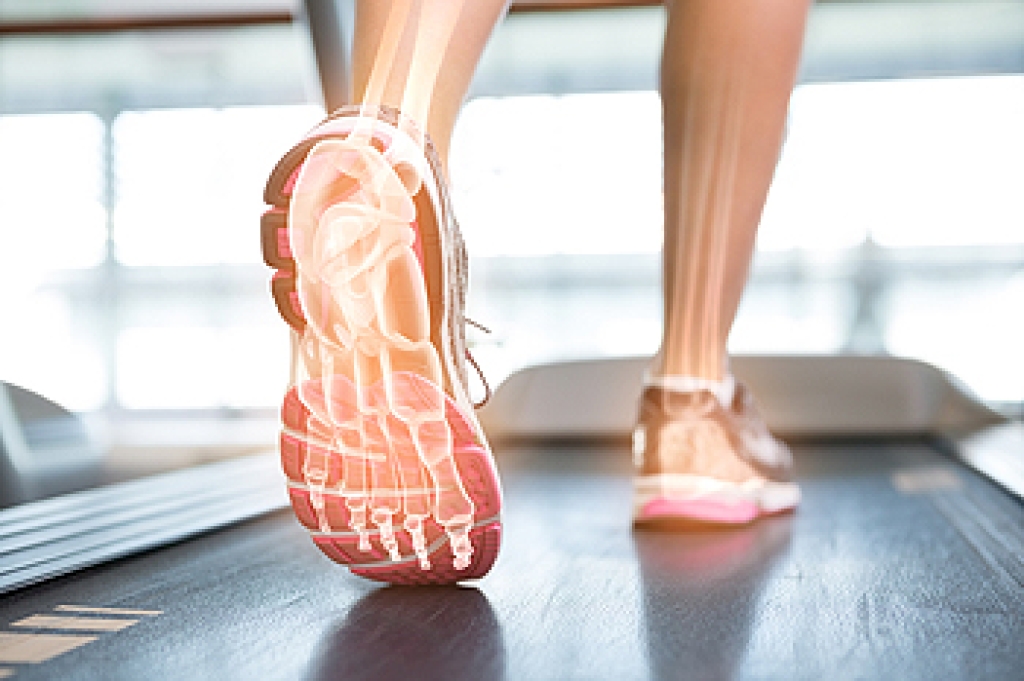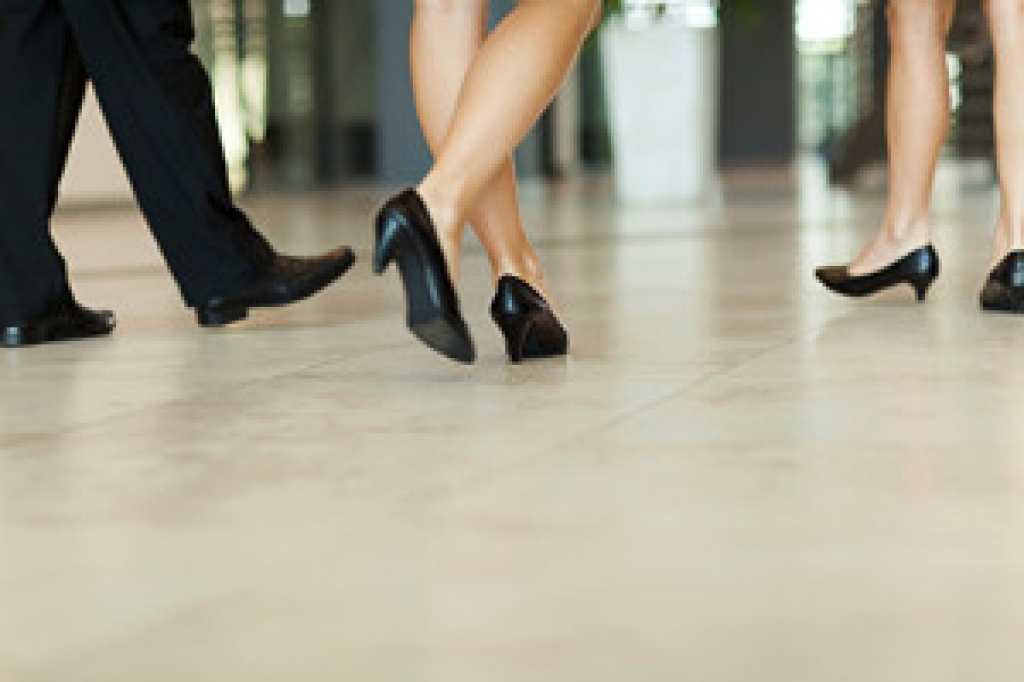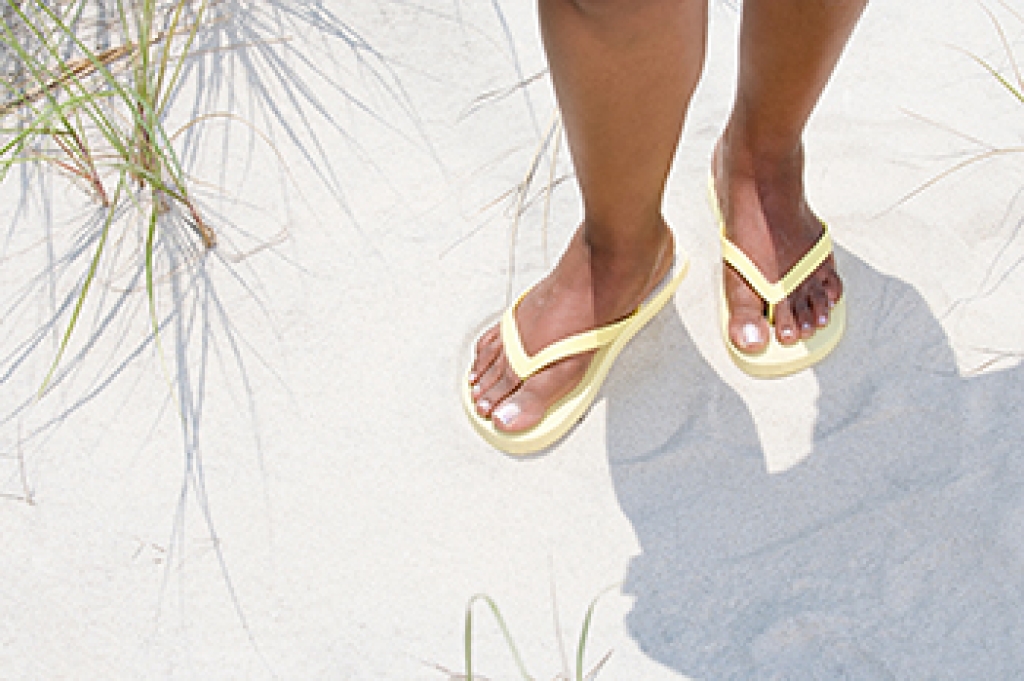
Walking barefoot can be better than walking in ill-fitting shoes, high heels, or flimsy flip-flops but there are a host of dangers that walking barefoot can bring on, from stepping on glass to acquiring an infection. Flip-flops should not replace sturdier casual footwear even if they look fashionable. Wearing flip-flops for a prolonged time can cause pain. Researchers have discovered that wearing flip-flops alters the way one walks, and an altered gait can lead to serious sole, heel, and ankle problems. This footwear also lacks foot support. One scrunches their toes to keep them on their feet while the heel is lifted into the air. This motion stretches the plantar fascia, the band of connective tissue that runs from the heel to the toes on the bottom of the foot, and can cause inflammation to the heel and sole, as well as heel spurs and tired feet. Flip-flop wearers shorten their stride and turn their ankles inward, probably to keep the flip-flops from falling off, which can cause ankle problems. If you have questions about wearing flip-flops, contact a podiatrist, an expert in everything related to the feet and ankles.
Flip-flops can cause a lot of problems for your feet. If you have any concerns about your feet or ankles, contact one of our podiatrists from Dr. Jeffrey J. Betman & Associates . Our doctors will assist you with all of your foot and ankle needs.
Flip-Flops and Feet
Flip-flops have managed to become a summer essential for a lot of people. While the shoes may be stylish and easy to slip on and off, they can be dangerous to those who wear them too often. These shoes might protect you from fungal infections such as athlete’s foot, but they can also give you foot pain and sprained ankles if you trip while wearing them.
When Are They Okay to Wear?
Flip-flops should only be worn for very short periods of time. They can help protect your feet in places that are crawling with fungi, such as gym locker rooms. Athlete’s foot and plantar warts are two common fungi that flip-flops may help protect your feet against.
Why Are They Bad for My Feet?
These shoes do not offer any arch support, so they are not ideal for everyday use. They also do not provide shock absorption or heel cushioning which can be problematic for your feet. Additionally, you may suffer from glass cuts, puncture wounds, and stubbed toes since they offer little protection for your feet.
More Reasons Why They Are Bad for Your Feet
- They Slow You Down
- May Cause Blisters and Calluses
- Expose Your Feet to Bacteria
If you have any questions, please feel free to contact our offices located in Northwest Chicago, Southwest Chicago, and Wicker Park, Chicago, IL . We offer the newest diagnostic and treatment technologies for all your foot care needs.

